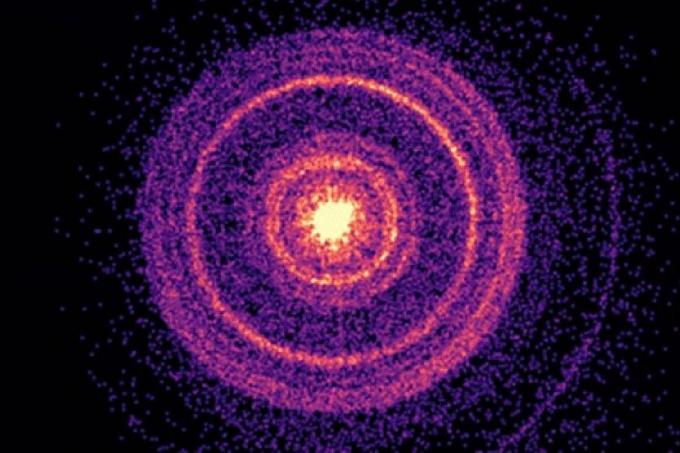
A NASA, the United States space agency, has detected the brightest burst of gamma rays in space. A Gamma Ray Burst (GRB – gamma-ray burst, in English) is an extremely powerful astronomical event that emits an enormous amount of radiation in a short period of time.
see more
Confirmed: Samsung really is producing foldable screens for…
China conducts experiments with zebrafish on the space station…
Academics at the University of Leicester in the UK said this GRB was ten times brighter than any previously detected. They released a detailed analysis of the powerful explosion, detected in October 2022.
The explosion was named GRB 221009A and dubbed BOAT — an acronym for Brightest Of All Time, or “The Brightest Of All Time” — by those working on a mission called Swift.
Phil Evans, an X-ray astronomer who leads the Swift project at the University of Leicester in the UK, said witnessing the phenomenon "was really lucky".
"By studying the evolution of this incredibly bright GRB in detail, we can learn a lot about the physics of a shock wave," said the expert.
The team of researchers detailed that the Neil Gehrels Swift Observatory, a satellite telescope designed to studying GRBs from space, was initially unable to observe the explosion because Earth was obstructing the vision. However, 55 minutes later, when the satellite's orbit allowed a clear view of the GRB, the systems detected the images.
Gamma Ray Bursts
When a star runs out of its nuclear fuel, it can collapse and produce a supernova, an extremely powerful stellar explosion. In some cases, the energy of the supernova can be so great that it generates a highly directional beam of gamma rays, ejected from the star's core at close to the speed of light.
These explosions are the most violent in the Universe, releasing more energy than the Sun generates in 10 billion years. The first GRB was detected in the late 1960s by a satellite looking for Soviet violations.
Andy Beadmore, a researcher who is also part of the Swift team at the University of Leicester, says that “these patterns are not only beautiful, but also scientifically useful”.
Lover of movies and series and everything that involves cinema. An active curious on the networks, always connected to information about the web.


